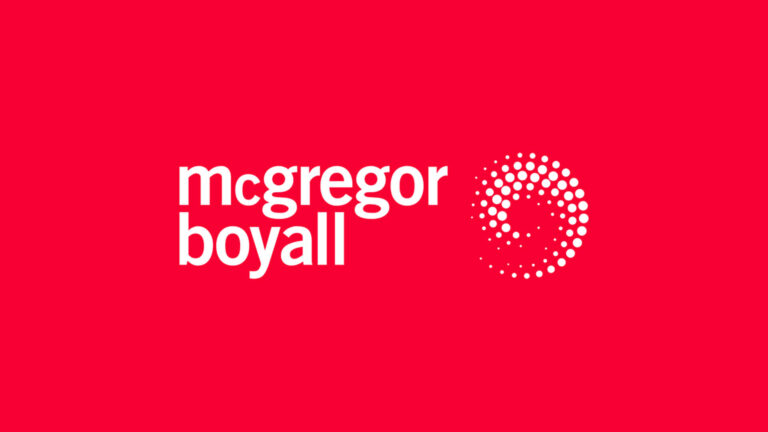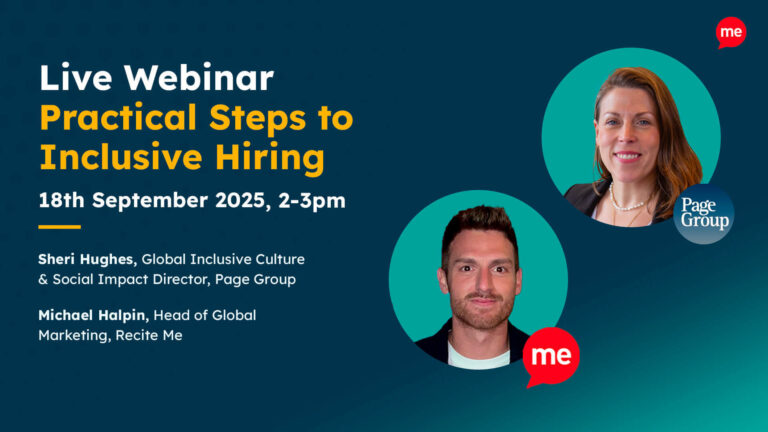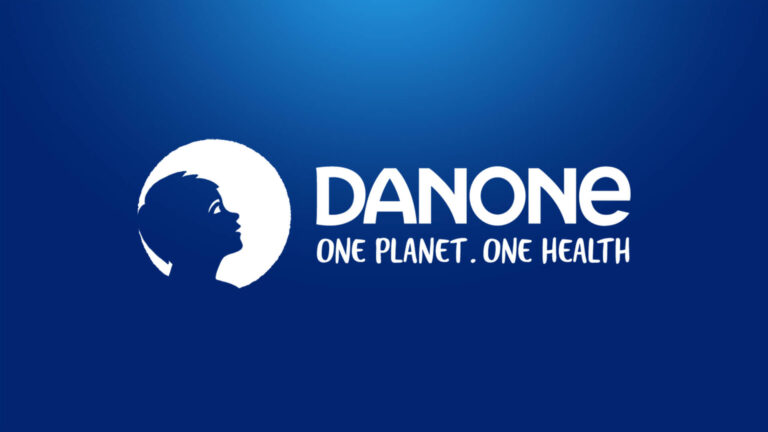Guest Blog: Laura Davies, Head of Bids and Quality, Sellick Partnership
Building a diverse workforce is essential for fostering innovation, enhancing problem-solving, and driving better business outcomes. Diversity in thought, perspective and approach enables organisations to drive forward change, remain ahead of the competition, and ultimately improve the bottom line.
To ensure their organisation thrives, senior leadership teams across various industries are recognising the importance of improving diversity and inclusion by ensuring equity in their hiring practices. Inclusive and equitable recruitment strategies are pivotal, as they help attract, hire, and retain talent from a number of different backgrounds.
Where inclusion focuses on ensuring everyone feels welcome and is achieved by developing a culture which ensures every voice is heard, equity takes things a step further to focus on the individual needs and barriers that people face and offering support and equitable practices to mitigate these.
A truly equitable recruitment process ensures that every stage, from job descriptions to interviews and onboarding, is designed to attract and support a diverse pool of candidates.
This is why Sellick Partnership, a recruitment specialist focusing on the professional services industries, partnered with Recite Me back in 2022. We wanted to ensure that our website was fully optimised to ensure users were given the most inclusive experience possible.
Here, we delve into key areas where inclusivity can be woven into recruitment strategies to build a more diverse workforce.
Job descriptions: The Foundation of Inclusive Recruitment
Inclusivity in recruitment starts with those initial conversations about the vacancy, that result in the job description being created. This initial touchpoint is crucial as it sets the tone for who might consider applying, and who might be deterred.
To improve inclusivity, think about the following:
Relevant roles and duties: Clearly outline the duties and responsibilities relevant to the position. Avoid the habit of listing generic skills and competencies as standard in all job specifications, and really assess which skills and competencies are essential to the performance of the role.
Research shows that certain groups of individuals are less likely to apply for a vacancy where they don’t meet all the essential criteria, so buzzwords like “excellent communication skills” often act as fillers in adverts with the unintended consequence of deterring these applicants.
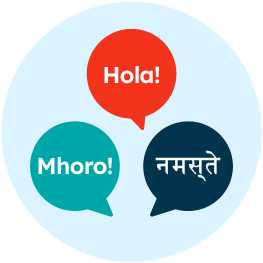
Inclusive language: Use gender-neutral language to attract all candidates, regardless of their gender. Research has shown that when a job advert uses male-coded words (assertive, competitive) women are less likely to apply for the role.
Equally, employers must avoid jargon that might alienate non-native speakers or those from different professional backgrounds.

Outline policies and benefits: Be proud of and highlight any inclusive benefits such as flexible working, remote working, core hours, enhanced parental leave (including adoption), and paid family sick leave. If you have a healthcare package that can be extended to your children and/or spouse, talk about it.
Employer Value Proposition: Cultivating an Inclusive Culture
Your employer value proposition (EVP) is what sets you apart in the eyes of potential employees. An inclusive EVP should reflect your commitment to diversity and inclusion through:
Flexible working arrangements: Offer options like remote work, flexible hours, and job sharing. This supports employees who may have caregiving responsibilities or other personal commitments.
Accessible work environment: Ensure your physical spaces are accessible to everyone. This includes wheelchair access, adaptable workstations and accessible programmes.
Inclusive benefits: Provide comprehensive healthcare that covers mental health services, offers extended parental leave for all genders, and includes benefits like fertility treatments.
Organisational culture: A clear organisational culture, underpinned by well-defined job roles, management structures, performance reviews, and training programs.
Building Equity into the Process
Building equity into the recruitment process ensures that every candidate, regardless of their background, has an equal opportunity to succeed.
Equity goes beyond equality, by acknowledging that individuals may need different resources and support to reach the same level of success. Here’s how you can embed equity into your recruitment strategy:
Support systems: Offer resources such as mentorship programmes, employee resource groups, and clear paths for advancement or professional development. Each of these can offer new hires the opportunity to feel confident in their role, a sense of community, and that their development is valued.
Application assistance and accessibility: Make the application process straightforward and accessible. Offer assistance to those who might struggle with standard application formats, such as people with disabilities or those unfamiliar with certain technologies. This might mean that candidates can alter the font or background colour on the website, or even have the opportunity to phone up if that is their preference.
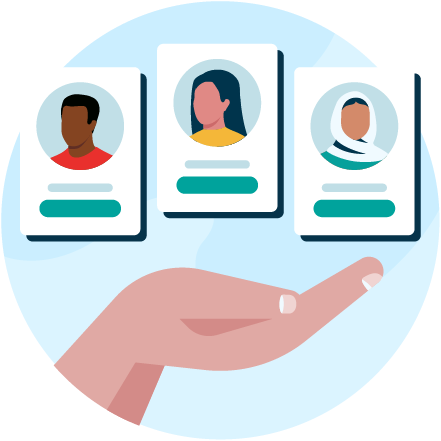
Digital Inclusion Updates
With the growing reliance on digital platforms, ensuring digital inclusion is paramount. This encompasses making platforms accessible and user-friendly for all, regardless of their technical skills or any potential disabilities. Here’s how you can improve digital inclusion:
Accessible online platforms: These make web content more accessible to people with disabilities, including those with visual, auditory, and cognitive impairments.
Make sure your website is compatible with assistive technologies such as screen readers, magnifiers, and the ability to change the background colour, text and links to experience a barrier-free service.
Mobile-friendly design: Optimise your website and application forms for mobile devices. Many candidates, particularly younger ones, may prefer to apply using their smartphones or tablets. A mobile-friendly design ensures a seamless user experience.
The Interview Process: Ensuring Inclusivity
The interview stage is where many biases can inadvertently influence decisions. To foster inclusivity, you can think about:
Culturally sensitive scheduling: Be mindful of candidates’ cultural or religious commitments when scheduling interviews. Offer flexibility to accommodate availability and personal circumstances.

Eliminate bias: Train interviewers to focus on skills and experiences rather than social fit. Avoid activities that may exclude certain candidates, such as social events involving alcohol – make sure to offer an alternative.
Diverse panels: Ensure your interview panel/s represent a diverse range of perspectives. This not only makes candidates feel more welcome but also helps reduce unconscious bias.
Embracing inclusive recruitment strategies is something that extends beyond merely filling vacancies. It’s about reshaping organisational culture to reflect a commitment to diversity, equity, and inclusion at every level.
This journey begins with meticulously crafted job descriptions that invite a diverse range of applicants by focusing on relevant skills and experiences and employing inclusive language. By setting the right tone from the outset, organisations can attract candidates who might otherwise feel excluded or overlooked.
Building equity into the recruitment process ensures that all candidates, regardless of their background, have access to the necessary resources and support.
Utilising assistive technology such as screen readers, rulers and translation tools on your website ensures that all candidates can engage with and understand what the company does day in day out. It also highlights the importance you put on bridging the gap, and creating an environment where all candidates feel valued.
Embracing these strategies not only strengthens your team but also drives innovation and growth, reflecting a true commitment to equity and inclusion. This dedication to DEI signals to current and prospective employees, as well as to the broader community, that the organisation values and respects every individual’s unique contributions.
Back in 2022, Sellick Partnership began working with Recite Me to show our commitment to providing a website that is accessible to a wide audience, ensuring an inclusive online experience which enables all of our website visitors to access online content and services barrier-free.
Kickstart your accessibility journey with Recite Me
Act today to ensure your website is accessible and compliant with the latest WCAG standards. Get started on your website accessibility strategy by working through the following action points:
- Contact our team for more advice about WCAG standards and Accessibility best practices.
- Find out more about the Recite Me Web Accessibility Checker.
- Schedule a free demonstration to learn how our technology can help you.
- Run a free scan of your website for WCAG 2.1 AA compliance.
- Try our assistive toolbar on your website.

